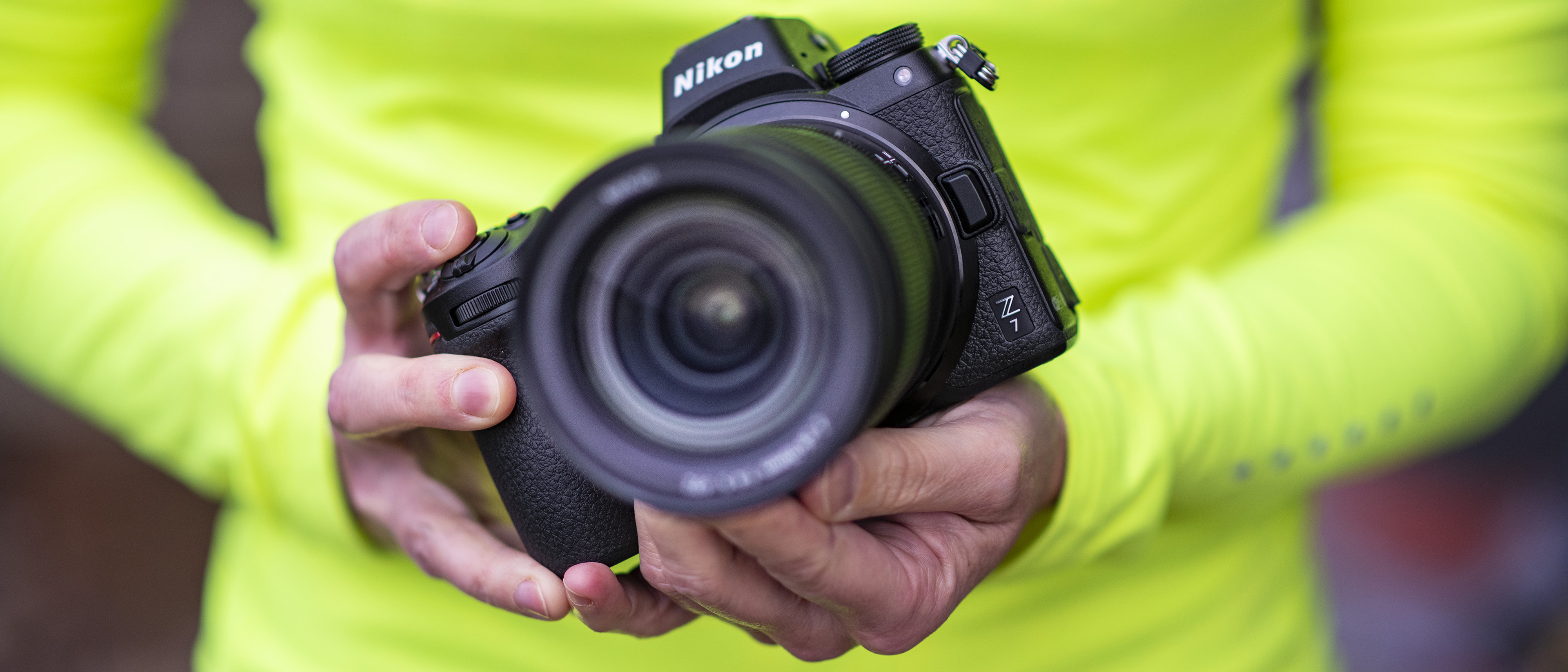Why you can trust TechRadar
Nikon Z7 review: performance
- 9fps burst shooting (8fps in 14-bit Raw)
- 3.69million-dot viewfinder is very clear
- Touchscreen is nice and sensitive
One disadvantage mirrorless cameras sometimes have over DSLRs is that they can be a little sluggish when powering up. The pause between the action of turning the camera on and everything waking up can mean you miss a critical moment, although the Z7 comes to life quickly, with the viewfinder active and the autofocus system ready for action with almost no delay.
The Nikon Z7's viewfinder is brilliant. The 0.80x magnification and 21mm eyepoint is an excellent combination, with a large but comfortable view when you bring the Z7 up to where it naturally feels right. This is pretty much the limit of where you can still see the scene without looking around the viewfinder, although those who wear glasses may find the very edges of the eyecup start to encroach on the view.
There's the regular handful of exposure and shooting information lining the bottom of the Z7's display, and wealth of additional detail above it, from Picture Style, White Balance and to battery life and Vibration Reduction.
The refresh rate is 60fps, which isn't quite the highest we're seeing on mirrorless models, but this doesn't appear to stop the Z7 from showing a very lifelike rendition of the scene in front of it. Together with its high resolution, details are nice and crisp, and it's easy to check focus, or review images post capture. Noise starts to dance around the scene in poor light, but the scene remains very visible. The only minor issue is that some fringing can be seen at the peripheries of the frame in some situations, typically when shooting high-contrast subjects, though this doesn't appear in images.
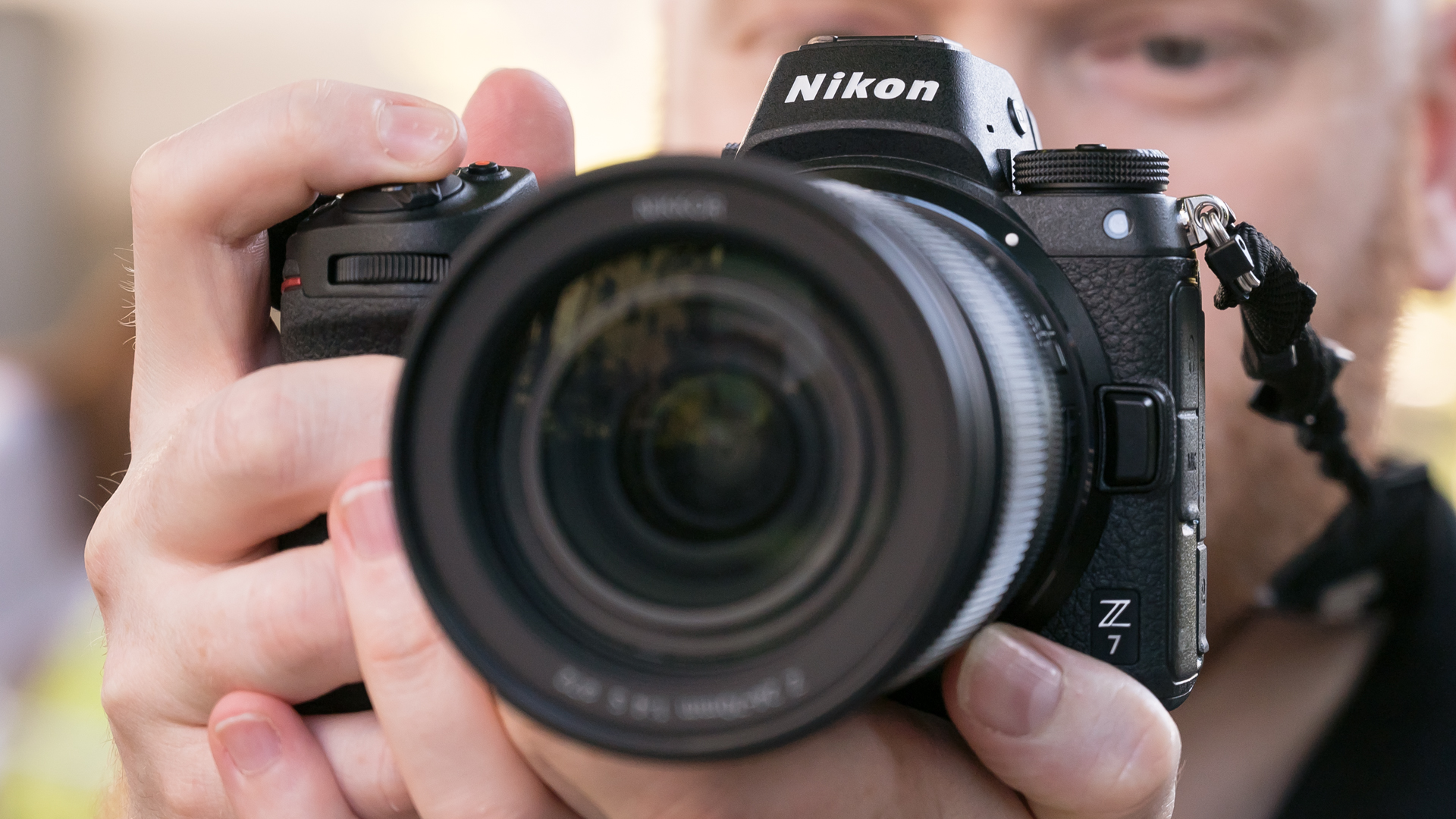
The LCD screen's 2.1million dots also deliver a nice, crisp view of the the scene, and the touch functionality has been well implemented on the Z7. The screen responds to light touches without any issue, and swiping through captured images only requires gentle swipes. There's also very little lag as you move around the image to check focus. Overall, there's little to fault here, although you can occasionally attract the attention of the viewfinder's eye sensor when using the touchscreen and temporarily interrupt its display.
Burst shooting happens at a very respectable frame rate of 9fps on the Z7, although this drops to 8fps if you wish to use 14-bit raw as your recording format. Switch to continuous focus and the camera can sustain speeds of up to 5.5fps, which once again drops a touch when using 14-bit raw files to 5fps.
If there's one thing that disappoints about the Nikon Z7's performance is it's buffer depth. Switch to raw and JPEG shooting at the very highest quality settings – so 14-bit raw files and Fine JPEGs – and you'll find the camera can only maintain its 8fps burst speed for around 10-12 frames. Quite some way off the impressive performance of its D850 stablemate.
The fact that you can't currently buy a 'bad' XQD card is also a blessing
Switch to 12bit raw shooting and at 9fps, and you can capture around 18-19 frames at a consecutive speed, and this is the same number you get when you capture 14-bit Raw frames at 8fps without JPEGs. Fine-quality JPEGs without raw files are captured at 9fps, but the Z7 can only manage around 25-26 of these before it starts to run out of breath and slows down. And this is all with autofocus but auto-exposure locked to that of first frame; continuous focus with auto-exposure throughout drops the frame rate to 5fps or 5.5fps, depending on your bit depth.
To the Z7's credit, the camera doesn't lock up and prevent the menus from being accessed as these are being sent to the memory card, which is a common problem after shooting bursts of images on other models. Nevertheless, this is still one area where models like the Sony A7R III and Panasonic G9 very much have the upper hand.
Bursts are typically written to the XQD card in a matter of a few seconds. The fact that you can't currently buy a 'bad' XQD card is also a blessing, and given how easy it is to snap the rear plastic dividers between the contacts on regular SD cards, the more streamlined design of XQD cards will no doubt be appreciated over time.
Using F-mount and third-party lenses on the Z7
Something many prospective Z7 owners will no doubt be interested in is the extent to which Nikon's F-mount and third-party lenses – i.e. any non-native lenses – can be used as seamlessly on the Z7 as they can on Nikon's DSLRs.
Nikon assures users that most modern NIKKOR lenses will be able to work with both auto-exposure and autofocus, but it does not comment on third-party lens compatibility as it does not officially recommend using third-party lenses at all. But the reality is that many people will.

The Z7 appears to work perfectly well with modern Nikon lenses such as the AF-S Micro 60mm f/2.8G ED and AF-S 24-70mm f/2.8G ED, with focusing speeds no different from when using them on a DSLR and no issues with auto-exposure to report. The size of the adapter also only adds a little extra length to such optics, so an optic like the 60mm lens is perfectly usable. Heavier optics, such as the 24-70mm lens, do create more of an imbalance.
The Z7 appeared to work perfectly well with the Sigma 85mm f/1.4 DG HSM|Art lens, although as a weighty lens on a relatively compact body, the same issue described above re-occurs. The Nikon Z7 also seems to play along well with the Sigma 10-20mm f/3.5 EX DC HSM, designed for DX-format cameras, immediately cropping the sensor areas to the DX format.
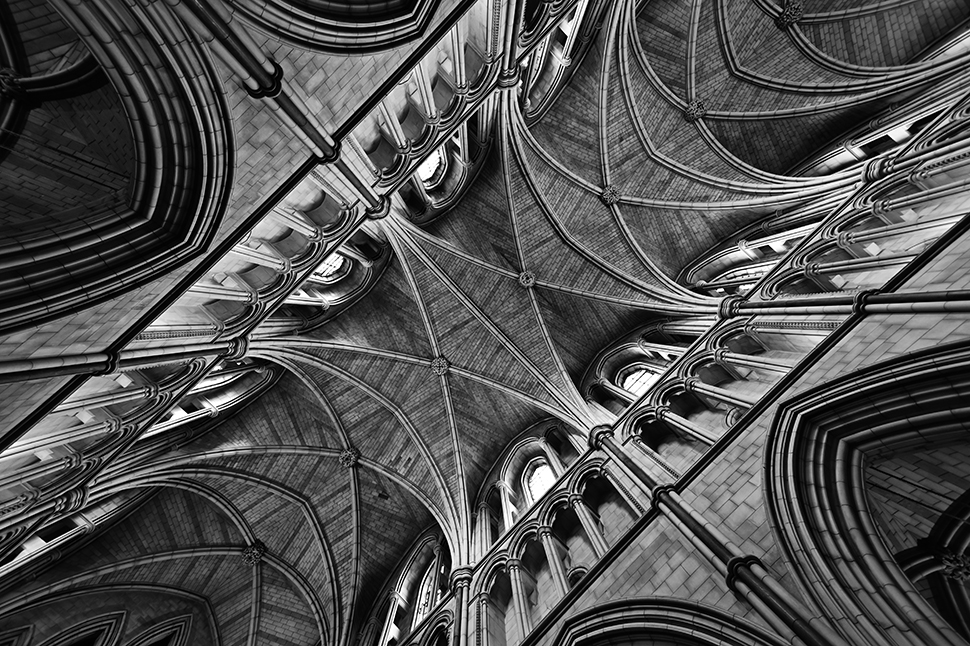
These two Sigma lenses are just a sliver of the total range of third-party options that you could potentially use with the Z7, and so it's possible that you may run into some difficulty with older or more exotic options. That said, perfectly good behaviour with these two relatively modern Sigma lenses is at least a good sign for those who may have their own third-party options with relatively up-to-date technology.
Nikon Z7 review: image quality
- ISO64-25,600 (expandable to ISO32-102,400)
- 8 Picture Controls and 20 Creative Picture Controls
- In-camera raw processing (now including diffraction compensation)
The Z7 provides matrix, center-weighted or highlight-weighted metering patterns, and the default option behaves predictably. Most scenes do not require any manual intervention, although there is a very slight bias towards underexpose in relatively flat scenes (such as in the image below). Adding +1/3EV in such scenes can open up shadows a little, although Active D-Lighting is also effective at delivering better balance.
The Z7's attempt to retain detail in all areas means that scenes with large, bright areas will often be underexposed a little, but this is easily remedied with either exposure compensation or Active D-Lighting, the latter on hand in four flavors and an Auto setting.

Dynamic range also appears strong. Low-ISO raw files that are underexposed by the full five stops allowed by exposure compensation can be bought back to usability in post processing, with just a scattering of noise to deal with. This is an extreme example, but certainly in situations in which you're forced to underexpose by a stop or two, you can regain very good level of detail from darker areas.
Noise levels appear well controlled to on the Z7, no doubt helped by the back-illuminated design of the sensor. At the lowest native ISO settings, noise is barely perceptible in flat areas (blue skies, for example). Mid-range four-figure ISO settings show this to have a fine texture that's not too destructive to image details, and while this becomes more prominent at ISO 6400, plenty of detail remains. Default in-camera noise reduction for JPEGs isn't too destructive, even at higher settings like ISO25,600, although those used to seeing noise-reduced images will notice this at work.
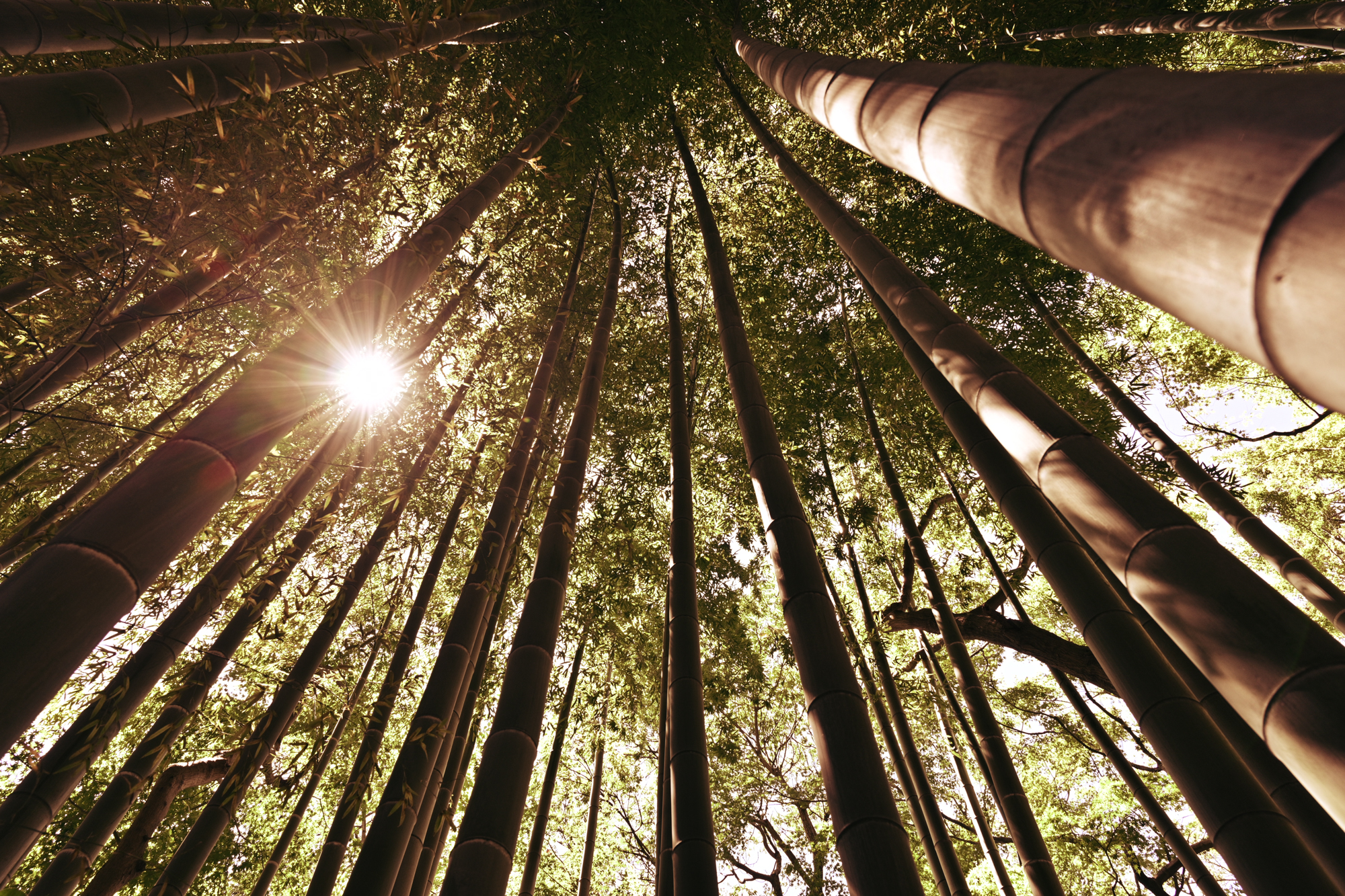

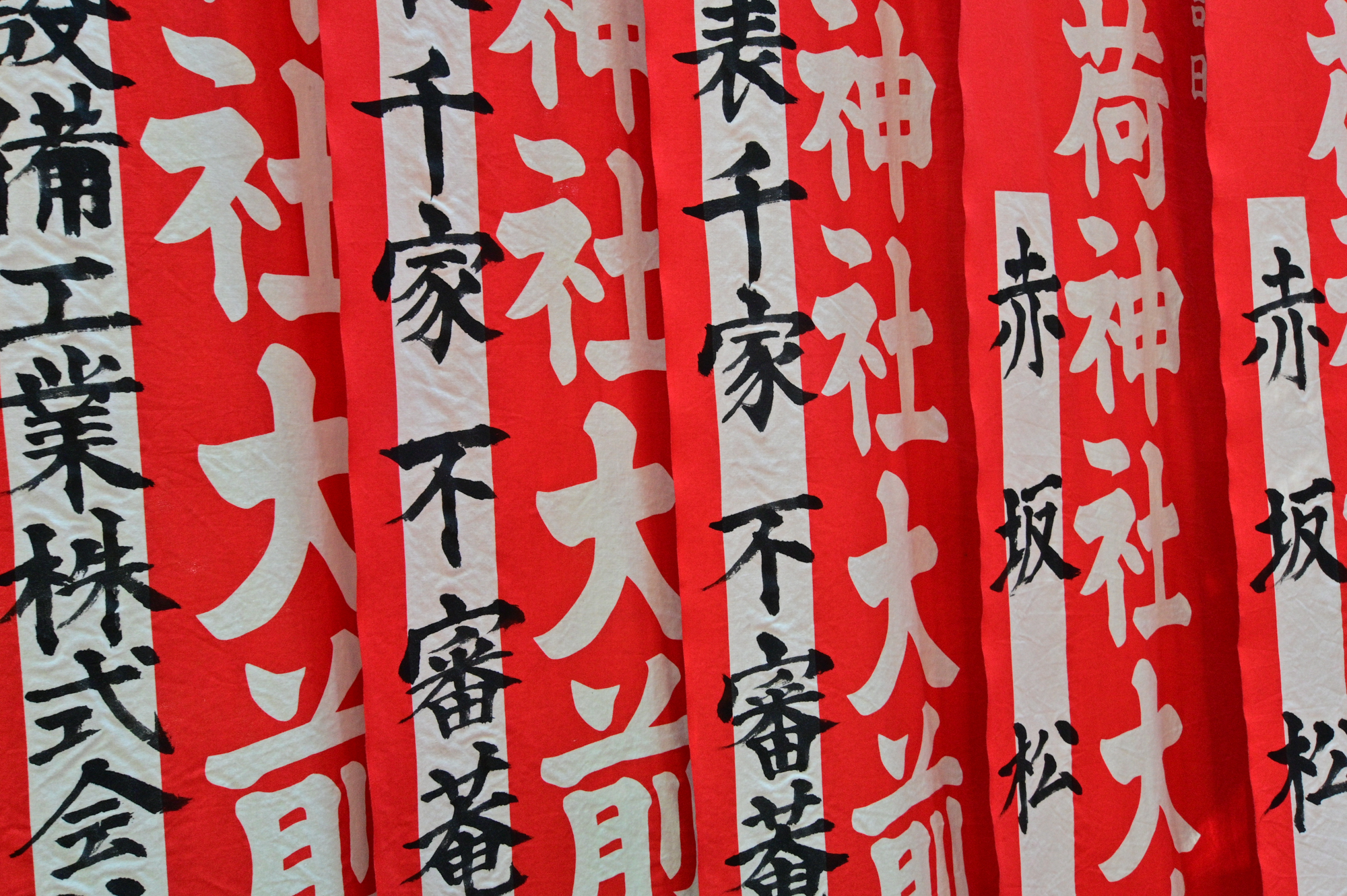


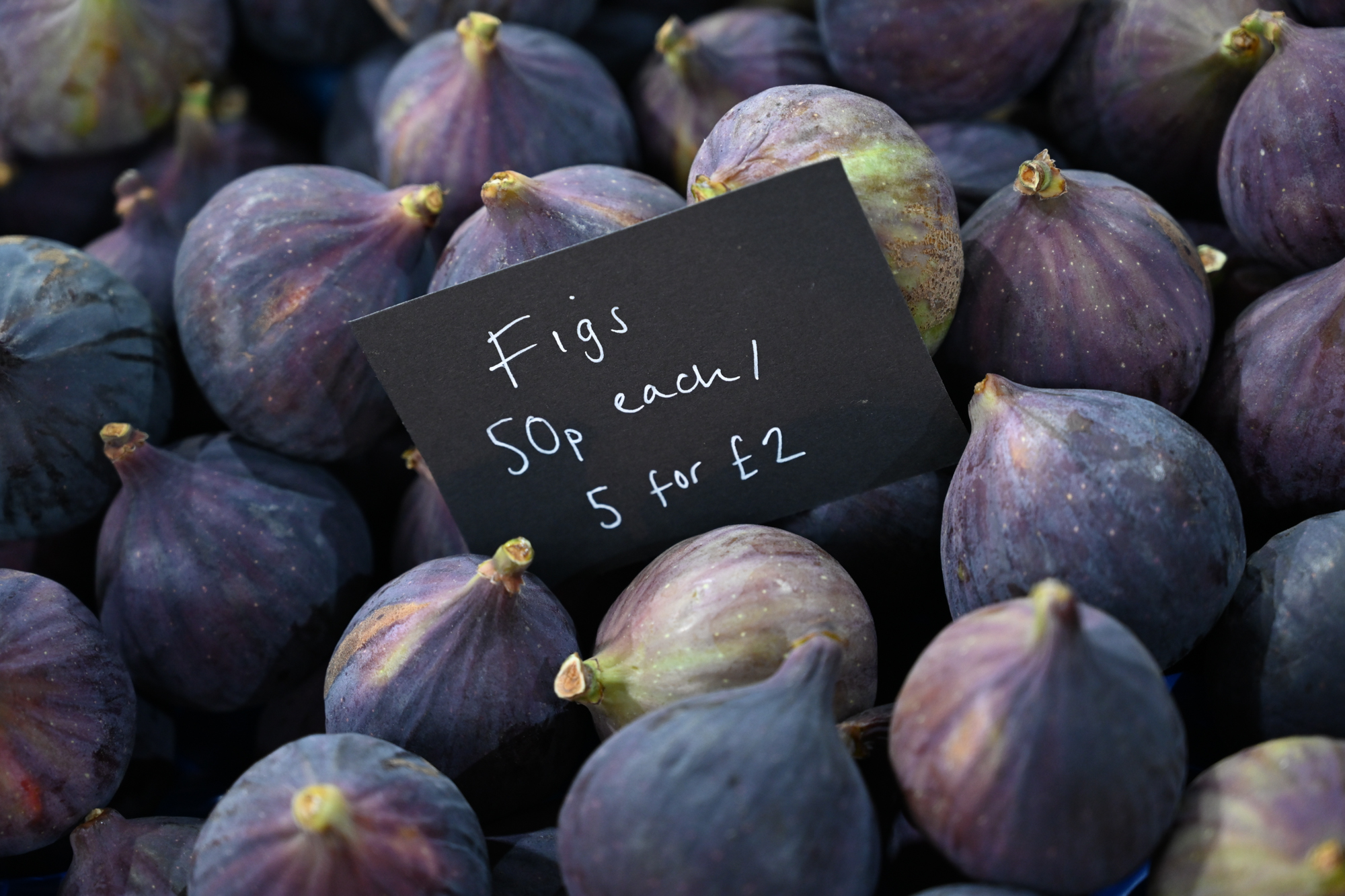

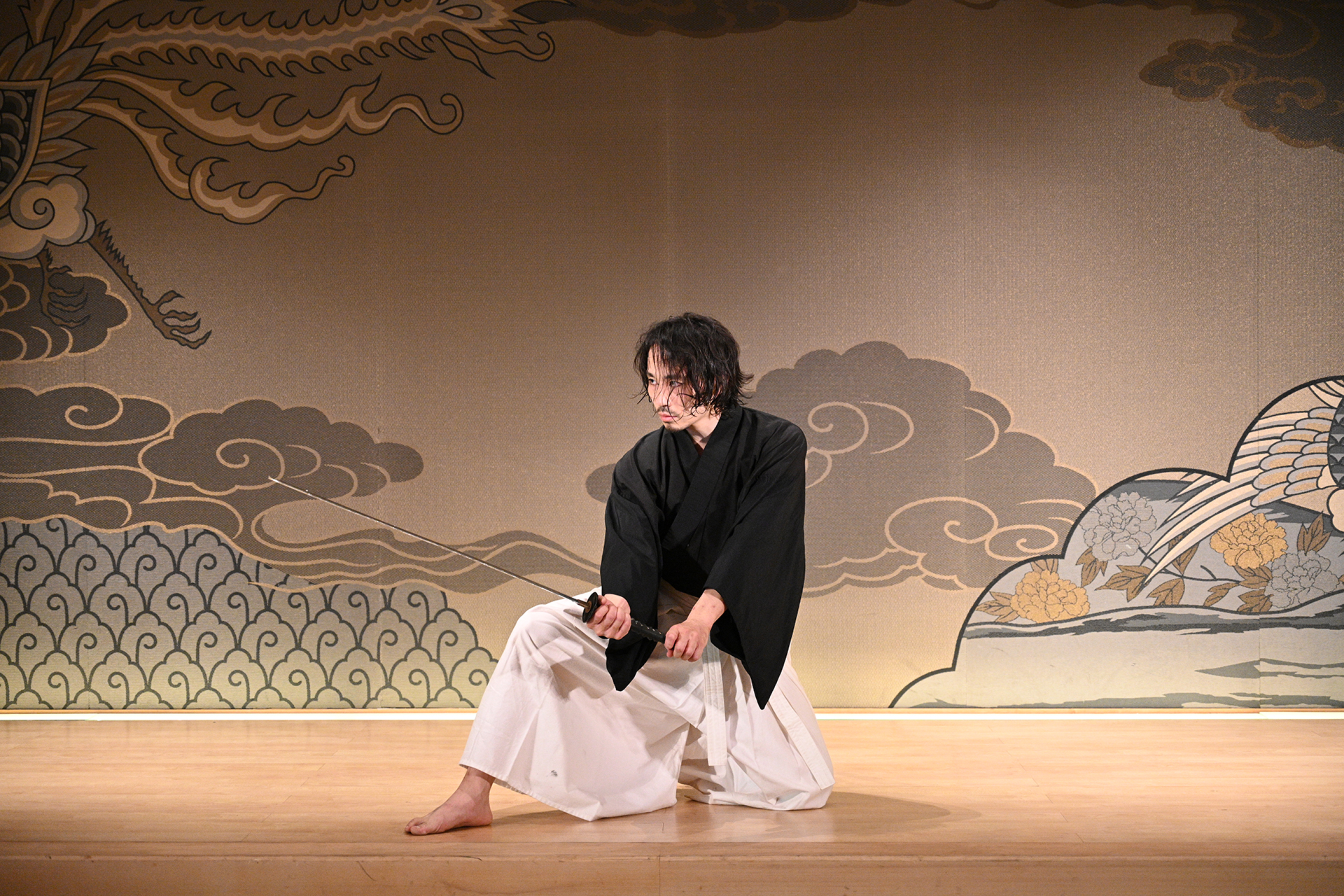
Default color output from the Z7 is pleasing. The Standard Picture Control does well to depict the scene as it appears in real life, and mirrors what we've come to expect from the company's DSLRs. The same Vivid, Flat, Monochrome, Portrait, Landscape, Neutral and Auto options we've seen before are now complemented with 20 Creative Picture Controls, which include commonly seen styles such as Toy and Bleached together with options such as Sunday (?) and Denim (below).

The Z7's Auto White Balance system is reliable, although Nikon’s tendency to neutralise more subtle tones can be apparent at times. Yes, you can shift to one of the alternative auto white balance settings, but these do not appear to do much in natural light, as they’re more for scenes lit with warmer sources. Performance under mixed artificial lighting appears sound, with repeated exposes not deviating from each other.
The sensor-based Vibration Reduction system also appears to work well. As with any such system, the benefit you see depends very much on how away the subject is, your focal length and so on, but most images captured show the system to be delivering a good 2-3-stop advantage. Close-up, it's possible to still get sharp images at around 1/10sec when at the 70mm end, which is around three stops slower. For more distant subjects, it's possible to get acceptable sharpness at shutter speeds as low as 0.5sec (which equates to five stops), but not consistently. 1/4sec is a more reliable option here.

4K video footage appears nice and crisp on the Z7, and the benefits of using both the sensor-based and electronic VR are easy to see when compared with footage shot using neither. A little rolling shutter is present when shooting at wide-angle, and this becomes more pronounced at longer focal lengths, but this isn't too badly controlled overall. Slow-motion footage (below) is also nicely detailed and free of obvious artefacts, although testing conditions such as low and artificial lighting can introduce noise and banding.
SAMURAI ARTIST KAMUI / K2 Company., Inc.
Current page: Performance and image quality
Prev Page Build, handling and AF Next Page Verdict and competition